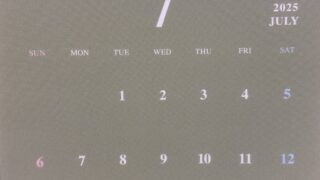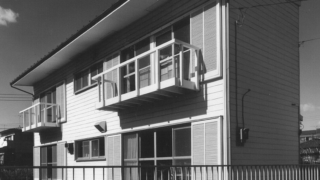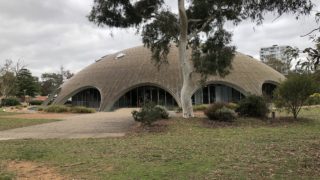Remarkable improvement in detection of readthrough downstream-of-gene transcripts by semi-extractable RNA-sequencing
細胞内コンデーセートに含まれているarcRNAが、市販のRNA抽出試薬に対して著しい難抽出性を示すこと利用して、新規arcRNAの探索を行ったところ、浸透圧ストレス下で誘導される難抽出性RNAとして500種類以上のリードスルー転写物DoGを同定しました。さらにこれらのDoGは核内で独自のfociを形成していることも見出しました。
The mammalian cell nucleus contains dozens of membrane-less nuclear bodies that play significant roles in various aspects of gene expression. Several nuclear bodies are nucleated by specific architectural noncoding RNAs (arcRNAs) acting as structural scaffolds. We have reported that a minor population of cellular RNAs exhibits an unusual semi-extractable feature upon using the conventional procedure of RNA preparation and that needle shearing or heating of cell lysates remarkably improves extraction of dozens of RNAs. Because semi-extractable RNAs, including known arcRNAs, commonly localize in nuclear bodies, this feature may be a hallmark of arcRNAs. Using the semi-extractability of RNA, we performed genome-wide screening of semi-extractable long non-coding RNAs to identify new candidate arcRNAs for arcRNA under hyperosmotic and heat stress conditions. After screening stress-inducible and semi-extractable RNAs, hundreds of readthrough downstream-of-gene (DoG) transcripts over several hundreds of kilobases, many of which were not detected among RNAs prepared by the conventional extraction procedure, were found to be stress-inducible and semi-extractable. We further characterized some of the abundant DoGs and found that stress-inducible transient extension of the 3ʹ-UTR made DoGs semi-extractable. Furthermore, they were localized in distinct nuclear foci that were sensitive to 1,6-hexanediol. These data suggest that semi-extractable DoGs exhibit arcRNA-like features and our semi-extractable RNA-seq is a powerful tool to extensively monitor DoGs that are induced under specific physiological conditions.
Authors: Junichi Iwakiri, Kumiko Tanaka, Takeshi Chujo, Hiro Takakuwa, Tomohiro Yamazaki, Goro Terai, Kiyoshi Asai and Tetsuro Hirose
Journal: RNA(2022)
DOI: http://www.rnajournal.org/cgi/doi/10.1261/rna.079469.122
投稿者プロフィール

最新の投稿
 ノンドメインブログ2025.07.187月5日を考える
ノンドメインブログ2025.07.187月5日を考える ノンドメインブログ2024.04.29続・グレートアーキテクト
ノンドメインブログ2024.04.29続・グレートアーキテクト ノンドメインブログ2023.08.15RNAのヒーロー
ノンドメインブログ2023.08.15RNAのヒーロー研究成果2022.11.25A guide to membraneless organelles and their various roles in gene regulation

